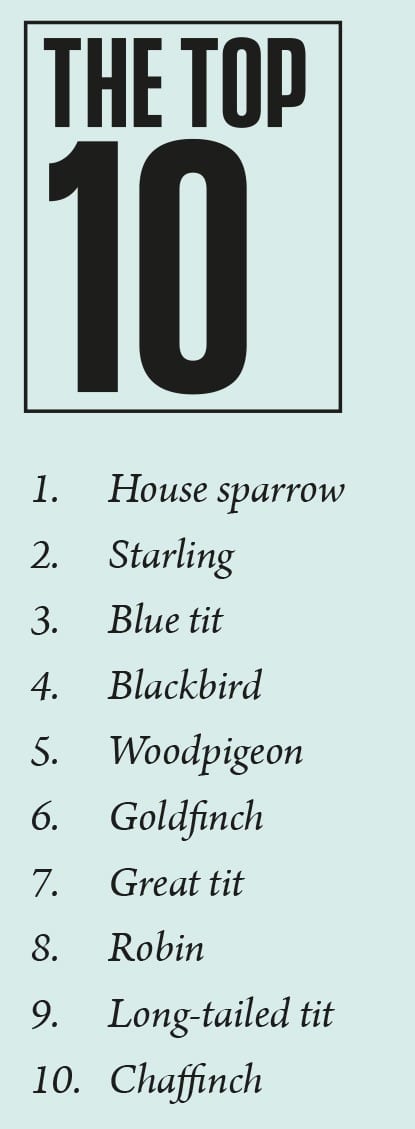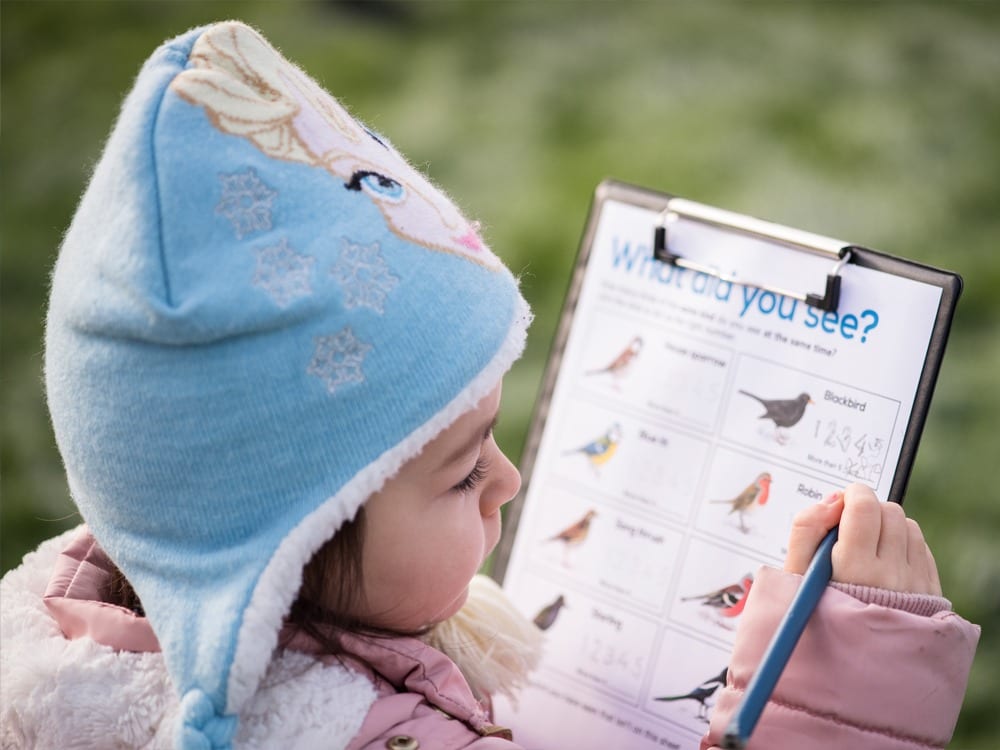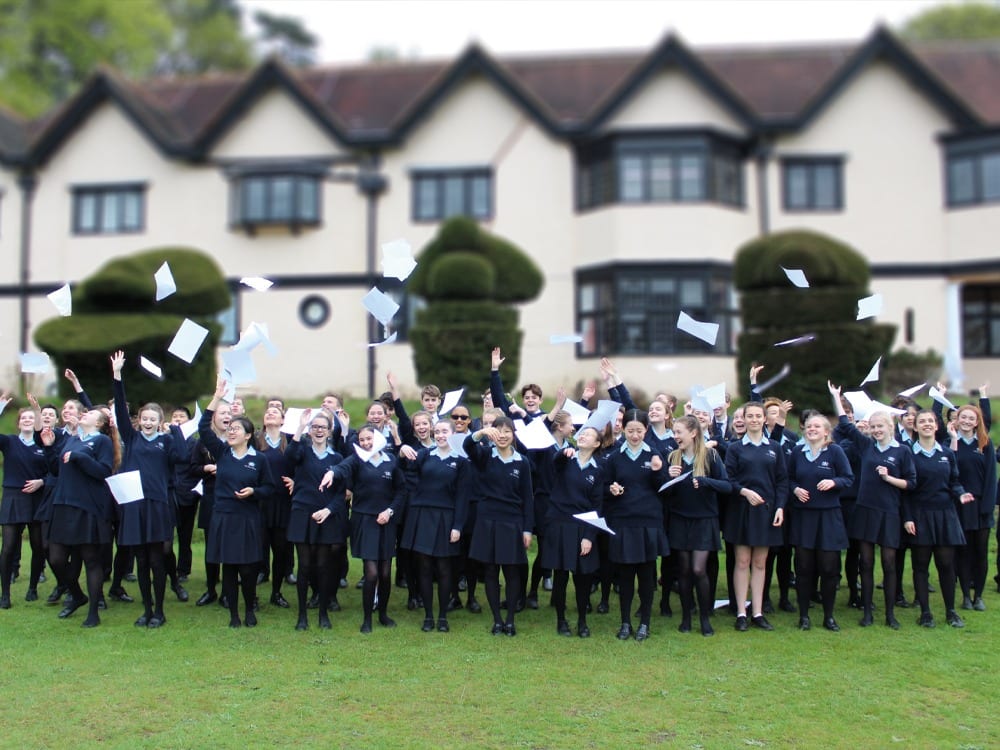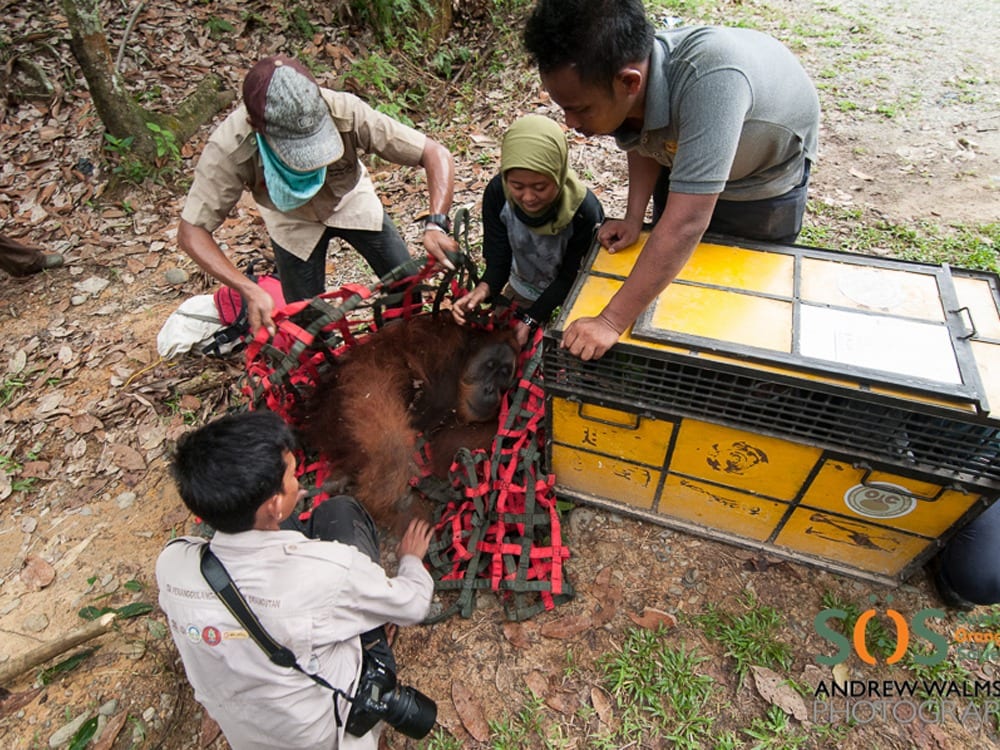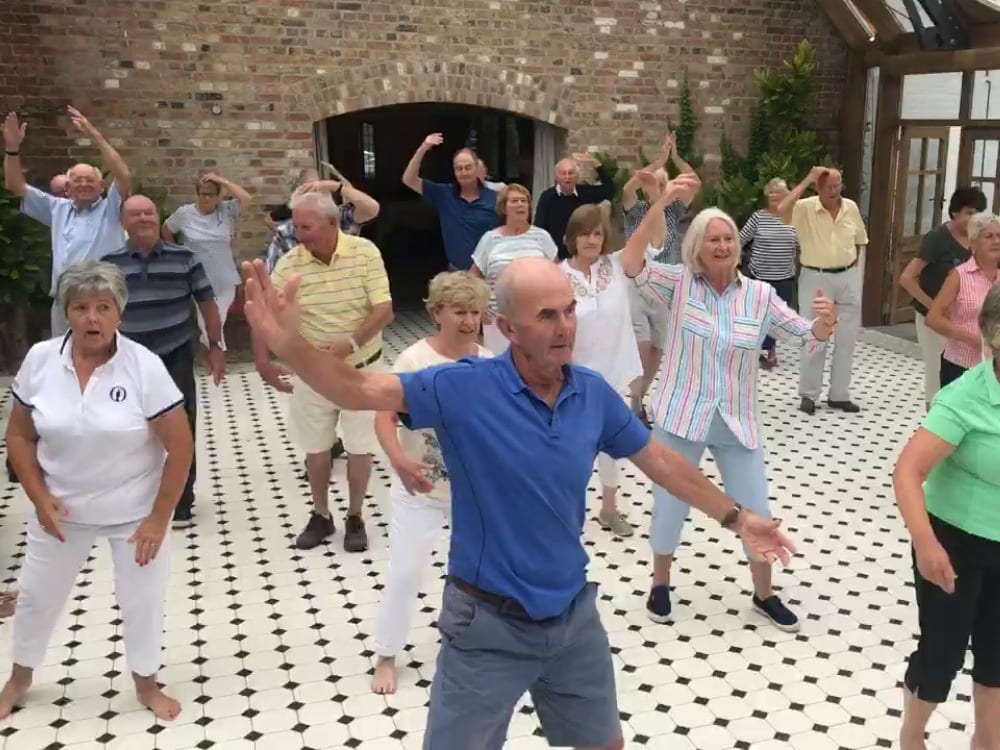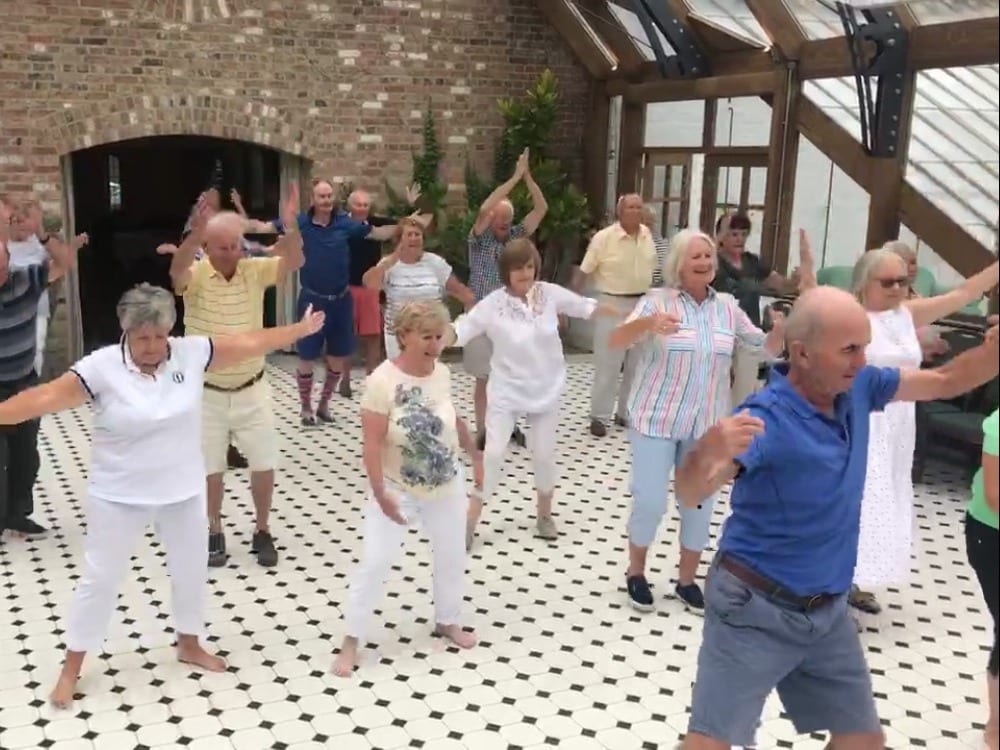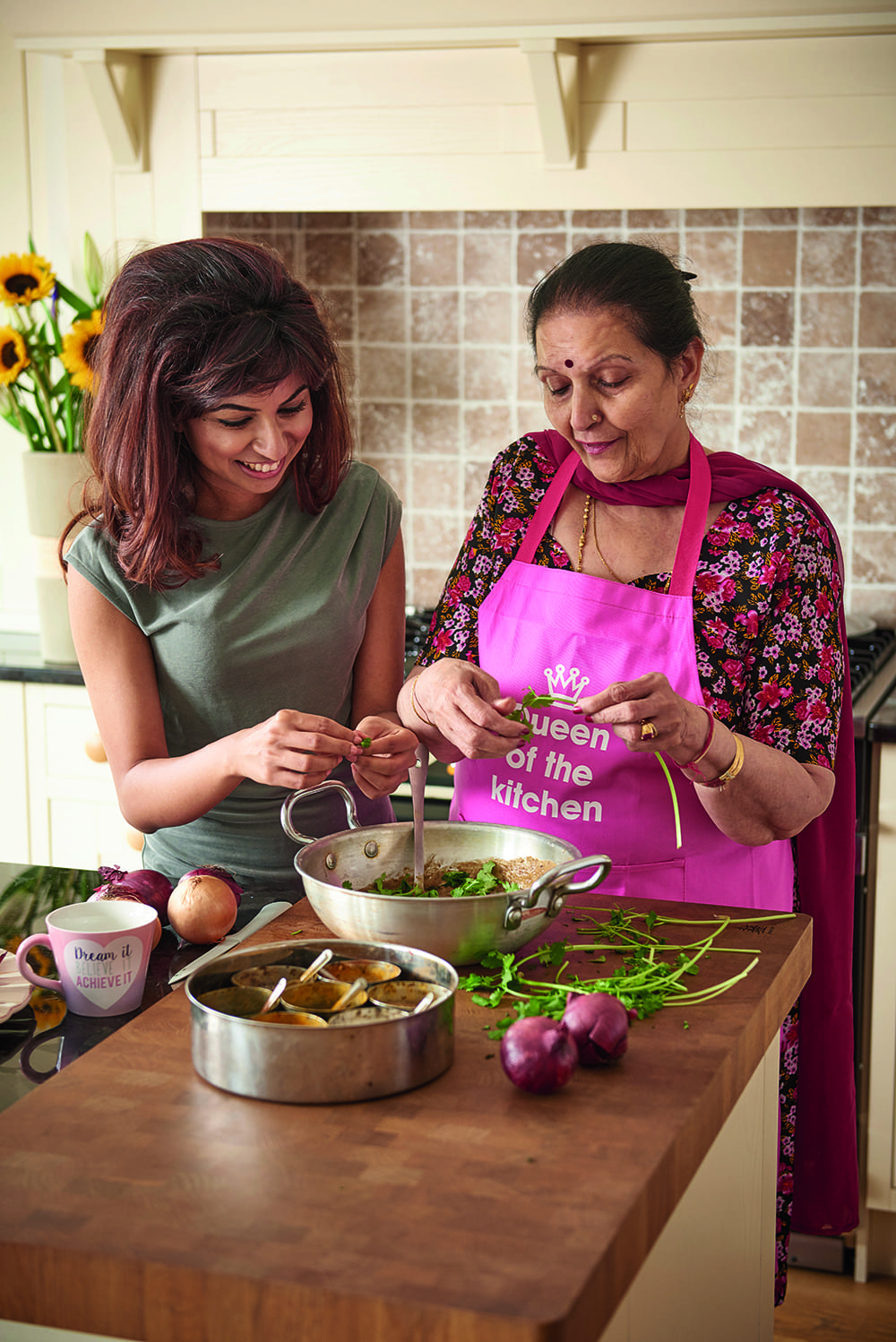Snow Patrol’s frontman Gary Lightbody chats about his recent move to L.A. and what goes into their shows.
Q. Is it good to finally be back with Snow Patrol after so long away and obviously working with other musicians on other projects?
“Yeah, course. You know, we were working together all the way through those seven years. I mean we started making the album that would eventually be called Wildness in 2013 with a view of getting that out in 2014 I guess, but it just didn’t work out that way and we wanted to keep rolling really. All we did was take one year off Snow Patrol, and then we got back at it. The songs just weren’t ready, they weren’t right, unfortunately it took a lot longer than we thought. It’s so exciting to be back, to have the album finished, have the album out there, to get back out on tour, and you know, to tour Britain and Ireland again is amazing. We can’t wait.”
Q. With you having moved to LA and other members living in the UK, how easy was the writing process?
“Yeah I mean, we took a little bit of a break. Nathan went and started Little Matador, I did another Tired Pony album and co-wrote with a bunch of different people including Taylor Swift, and Johnny McDaid was doing that as well with lots of different people and producing. Jonny started Polar Publishing, Pablo was writing and producing with people, too, so everybody was doing their own thing, and I was trying to write the Snow Patrol album at the same time but, you know, I’ll write generally on my own and then I’ll take it in to Garrett (producer) and we will work on tracks together and then everyone else will come in over the period. The years between 2013 when I started writing and 2017 when we finished, we would get together for a couple of weeks or a month at a time. I think the album was probably about nine months work in those four, nearly five years. So it wasn’t constant working for five years – that would have probably killed us.”
Q. Now that you have had that turnaround in your personal life has this changed your songwriting?
“I have access now to a part of myself that I was always maybe afraid of. ‘Afraid of’ is maybe the wrong term, but I was afraid that it would make other people not want to be my friend! You know, like, as in, if I, if we all had that fear I think, or we all have that fear that our deepest, darkest thoughts would frighten everyone else, and that’s, to me that was always the reason why I never talked about it, you know, and I found quite the opposite when I started to talk about it, when I started to talk about my demons, I realised that people then go ‘oh yeah, you know, I’ve gone through the same thing’ or ‘I understand what you’re going through’. People, at the very least, understood what I was going through, and at the very best had actually been through the same thing themselves. It made me feel so much less isolated, so much less alone, and I waited until I was 40 years old before I opened my mouth about it. I feel like, I’m so glad that I did, I just wish I had done it sooner in my life. I guess this was just the right time to do it and you know, when you let the light flood into those dark places in yourself, you kind of create this space in yourself, you create this kind of bravery.”
Q. Do you find much difference between the large and the intimate shows, aside from the crowd size?
“Yeah, you know it’s funny, when I first started out, I had no confidence in my stagecraft. I just used to get on stage and stare at my feet and had a big red face the whole time, like I was embarrassed to be there. I guess I probably was, I was still probably questioning what I was doing and I didn’t really have any self belief. Then over time, over many, many gigs, many, many years, as the gigs started getting bigger the confidence kind of grew, that outer shell began to thicken a bit, and I was able to look at the crowd to begin with and then interact with the crowd, and then cause a reaction in the crowd, go out there and try and make sure that everybody has a great night, make sure everybody has fun and get people singing along. Sometimes it happens naturally but other times it’s not a bad idea to start a sing-a-long, you know. Freddie Mercury showed the way on that one.
Towards the end of 2012 when we were finishing the last tour, I think I was a very good front man, and getting back into that has been an interesting thing. I sort of feel with the smaller shows, I was closing my eyes a lot, maybe feeling a little shy. The bigger shows; after the first few rows everything starts to blur a little bit; my eyesight is not that great at it, so you’re able to come out of yourself more and I think in the last few shows, I’ve really felt like my old self on stage again. We toured with U2 for many years, in 2005 and then in 2009, and ‘10 or ‘11, and I watched them every single night. I watched the two-hour set and it’s a masterclass.”
Q. Anything planned for the live shows?
“We don’t just turn up with our equipment and a couple of lights on the night and go ‘alright, well, where do you want us to set up these?’ We’re thinking about the visuals, we’re thinking about the staging, thinking about how the stage looks, we’re thinking about how everything is presented, we’re thinking about the lighting of course. We’ve got one of the best lighting directors in music – he’s won many awards – working with us. We call him ‘jock for life’. We’ve got some lovely, lovely little tricks up our sleeve and some things that we’re very excited to bringing out on this tour.











